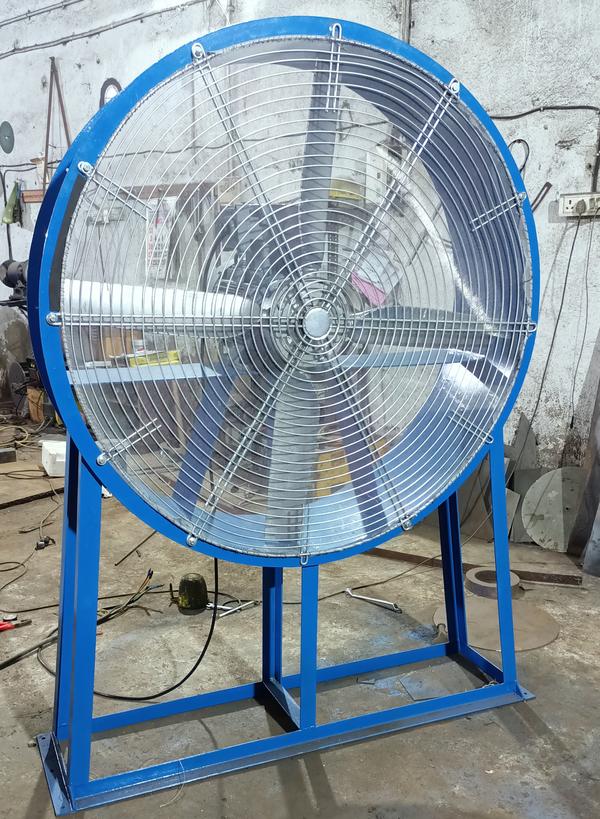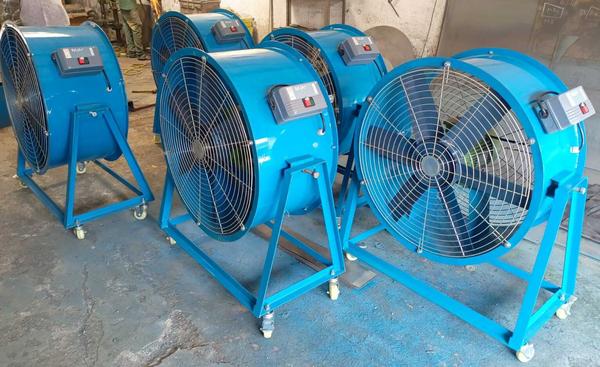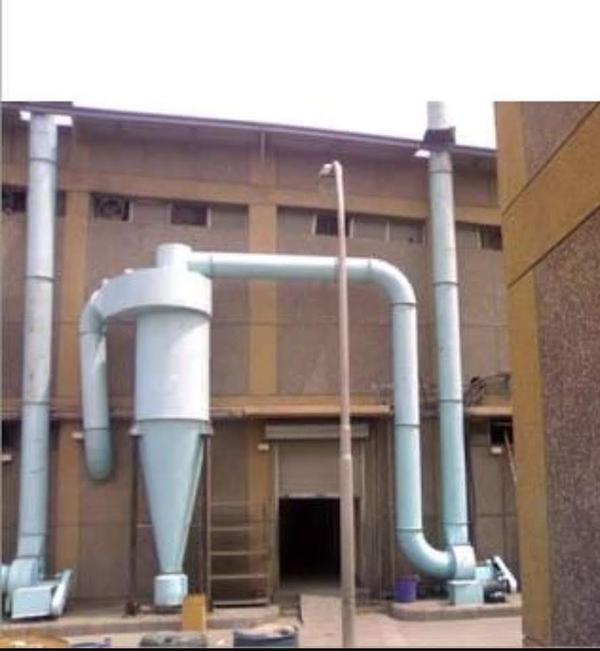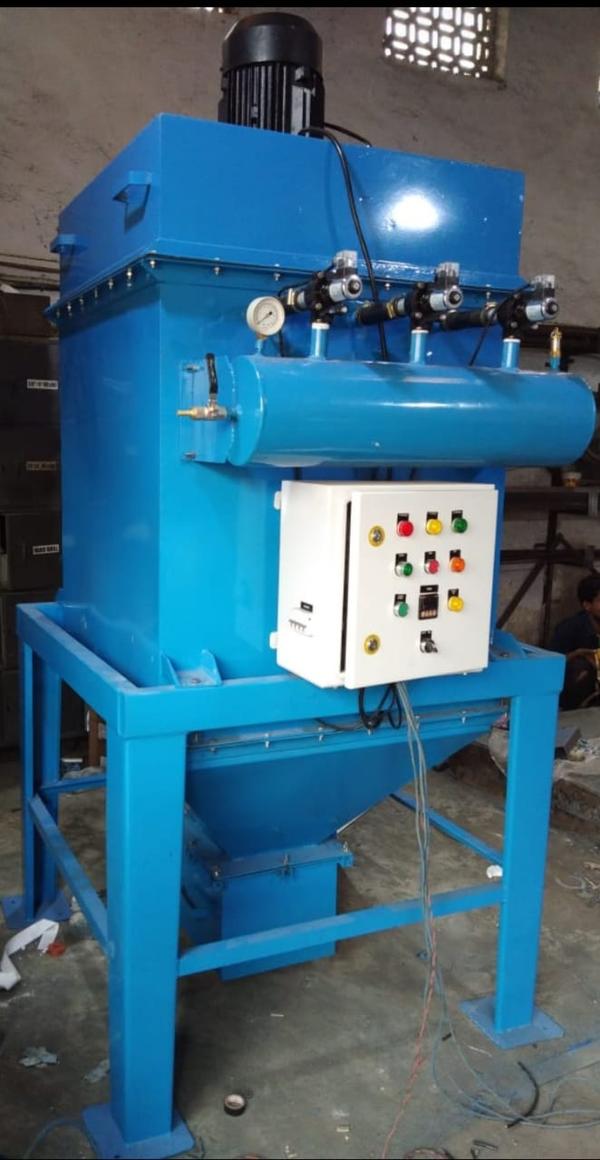Description
Product details
A wet scrubber or wet scrubber system is one type of scrubber that is used to remove harmful materials from industrial exhaust gases—known as flue gas—before they are released into the environment. It was the original type of scrubbing system, and utilizes a wet substance to remove acidic gases that contribute to acid rain.[2] When using a wet scrubber, flue gas is funneled through an area and sprayed with a wet substance. Water is used when dust and particulate matter is to be removed, but other chemicals can be added.[3] These chemicals are chosen to specifically react with certain airborne contaminants—generally acidic gases. This process adds significant amounts of vapour to the exhaust—which causes the release of exhaust that appears as white smoke when vented. One reason for the development of dry scrubbing was because the sprayed water added considerable weight and volume to the waste, which led to difficulties in storing and disposing of the waste material. Uses Wet scrubbers are a special device used to remove a variety of pollutants from exhaust gas from furnaces or other devices. These devices use a scrubbing liquid to remove the pollutants. The exhaust gas is moved through the scrubbing liquid (usually through a chamber) and the liquid is misted through the gas. Then, the gas emerges without the contaminants and pollutants that existed before exposure to the scrubbing liquid.[4] When the gas is sprayed with the fluid, the heavier pollutants are pulled out of the gas and attach to the liquid because of its chemical composition. As the gas is passed through the cleaning mist, the contaminants are attracted to the mist and left behind. Although misting is a common method of cleaning exhaust gas in wet scrubbing, a different design forces the gas to bubble through a pool of scrubbing fluid. The method for removing the contaminants is mostly the same, however, as the contaminants bind to the fluid as the gas is filtered through the pool.[3] This leaves the gas clean as it comes out and leaves the contaminants in the pool. Regardless of which method of introducing the scrubbing fluid is used, most wet scrubbers are similar in design. A typical scrubber is composed of ductwork and a fan system to force gas through its chambers. There is also a pump, and a collection area for used scrubbing liquid and some method to bring the used fluid away from the cleaned gas.[3] The liquid sprayed through the exhaust collects at the bottom of the chamber where the spraying occurs. This liquid is funneled away and collected for specialized disposal because of the potentially harmful materials contained in it. This liquid cannot simply be thrown away or reused because of its chemical content. In most cases, chemicals stored in polyethylene tanks require venting. In some instances, the harmful fumes emitted from the chemicals cannot be directly released to the atmosphere. In order to reduce the harmful fumes before they evacuate the system and to control air pollution, fume scrubbers are installed. Can handle air flow rate from 100 to 30,000 CFM Removal method is Absorption / Chemisorption Material of Construction: PP, FRP, PP+FRP, MS+FRP, SS 304, SS 316 High efficiency Tellerette®Tower Packing removes soluble/reactive gases, solid particulate and liquid droplets down to 7 microns Lower shell serves as integral sump for recycle of liquid Spray nozzles accessible from top of unit Entrainment separators prevent liquid carryover Special multi-bed packing designs accommodate different scrubbing solutions for removal of multiple contaminants Efficiency up to 99 %






